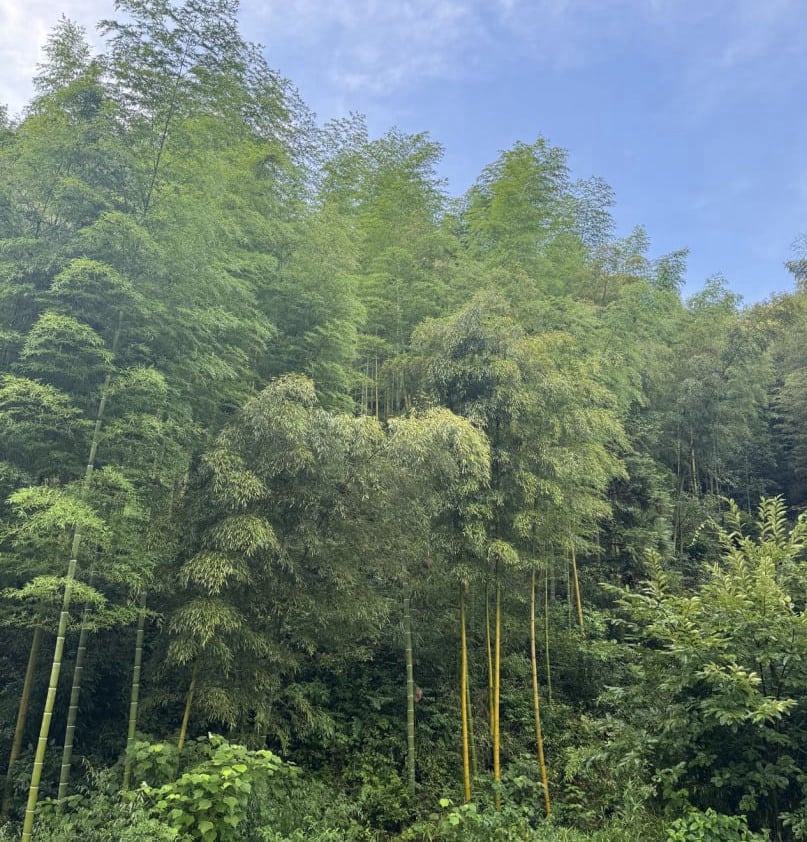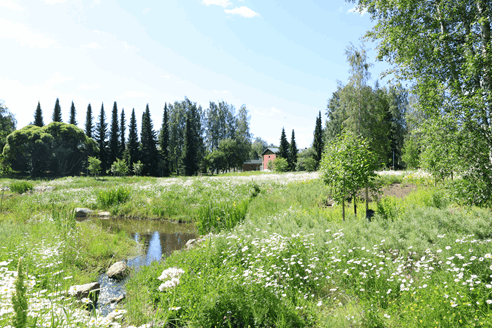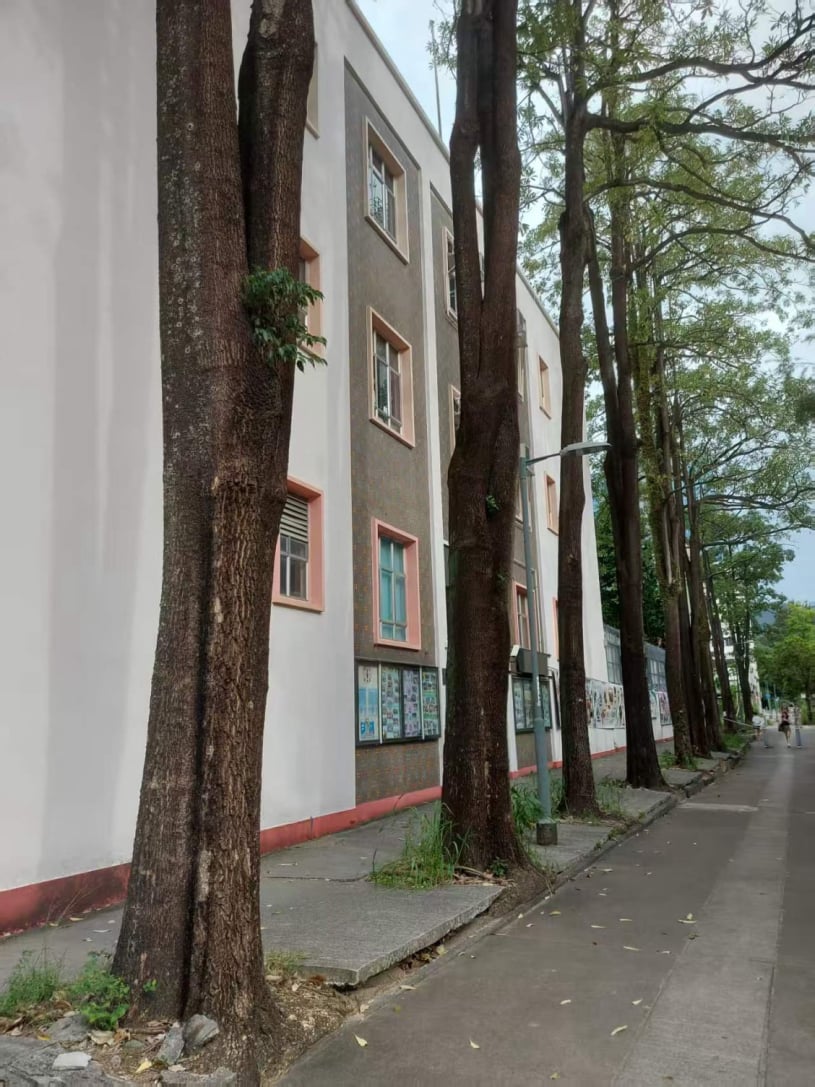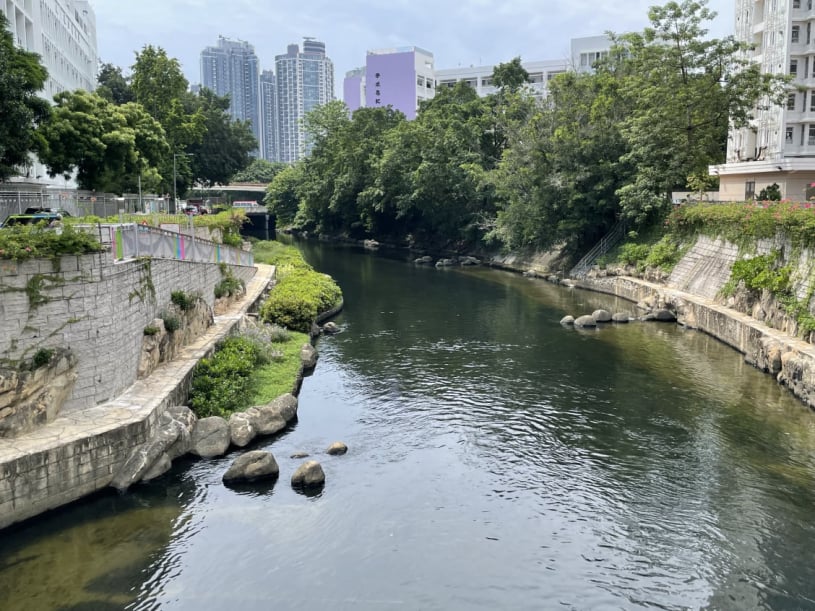
Bamboo Forest, Society, and Building Materials
Bamboo is among the fastest-growing plants on Earth. The most widely cultivated species in China, Moso bamboo (Phyllostachys edulis), can grow up to about 60 cm per day at its peak and reaches harvestable maturity in roughly three years. Bamboo forests sequester carbon at high rates, and the material offers attractive engineering properties: its tensile strength can be around 60% that of structural steel while being 15–20 times lighter. As a result, bamboo has strong potential as a low‑carbon engineering material that supports carbon‑neutrality goals and sustainable development.
We have established a joint bamboo research centre in Fujian Province, China. From an engineering perspective, our work focuses on bamboo‑framed buildings, the use of bamboo in civil infrastructure, and enhancing durability—including fire resistance, resistance to mould and fungi, and protection against insect attack. Recognising that widespread adoption is not solely an engineering challenge, the centre also conducts research on sustainable bamboo forest management, bamboo‑growing rural communities, and bamboo‑processing industries.
Representative Research Outcomes: We have received two research grants to investigate the use of bamboo as building frames and reinforcement in road construction. We are also in the process of developing a few patents related to bamboo materials.

NbS for Climate Adaptation
Nature-based Solutions (NbS) present a cost-effective approach to climate adaptation. Our research group focuses on two areas of climate adaptation using NbS: urban stormwater management and urban heatwave mitigation.
For stormwater management, we have developed innovative road pavement systems that can store and slowly release stormwater. Such systems can be smartly combined with plants and drainage systems to cut peak flows, filter out pollutants in stormwater runoff, and replenish urban streams in dry weathers.
Heatwaves, exacerbated by the urban heat island (UHI) effect, pose a significant threat to urban residents. We have been studying the UHI effect through geoinformatics and field experiments. We are currently investigating heatwave mitigation through the integration of plants and engineering cooling systems.

Urban Trees and Infrastructure
Trees deliver numerous benefits for cities—cooling during heatwaves, flood mitigation, enhancing biodiversity, and improving walkability. Cities have substantial capacity for roadside planting. Expanding roadside greenery would significantly boost greenspace coverage and enhance the pedestrian environment, along with many co-benefits. Yet, compact cities face significant constraints. Impermeable pavements and limited planting pits restrict root growth, reduce stability, and impede beneficial mycorrhizal relationships, making trees more vulnerable to heat, drought, salt, and disease. These stresses can also create public risks and costs, from pavement damage due to root heave to accidents from weakened trees, especially during storms. Resolving the conflicts between trees and road infrastructure is essential to enable large-scale, healthy roadside planting. We are currently developing innovative solutions to improve the compatibility of urban trees and infrastructure.
